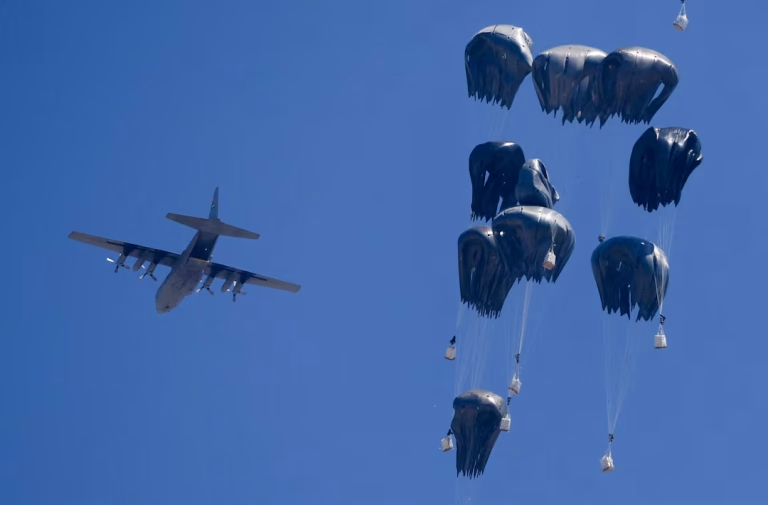The United Arab Emirates and Jordan airdropped aid into Gaza on Sunday, as aid agencies warn the situation remains dire. This is the first airdrop in months as Israel has started daily 10-hour military activity pauses in parts of Gaza to let aid deliveries through. Meanwhile, aid trucks carrying food and infrastructure materials set off toward the Kerem Shalom crossing. This development follows global concern over growing starvation and malnutrition.
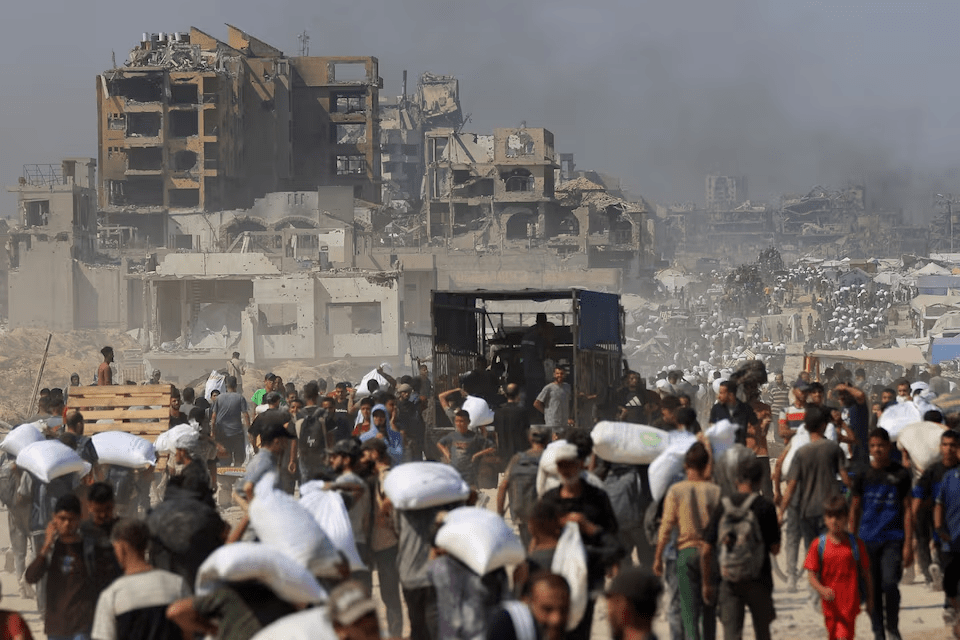
New Daily Pauses in Military Activity
Israel announced it will pause military operations daily from 10 a.m. to 8 p.m. in certain areas of Gaza, including Al-Mawasi (a designated humanitarian zone), central Deir al-Balah, and Gaza City.
Secure routes for aid convoys will also operate from 6 a.m. to 11 p.m. to allow delivery of food and medicine.
The move comes amid growing international pressure, with the UN welcoming the decision but urging that it must be sustained and expanded.
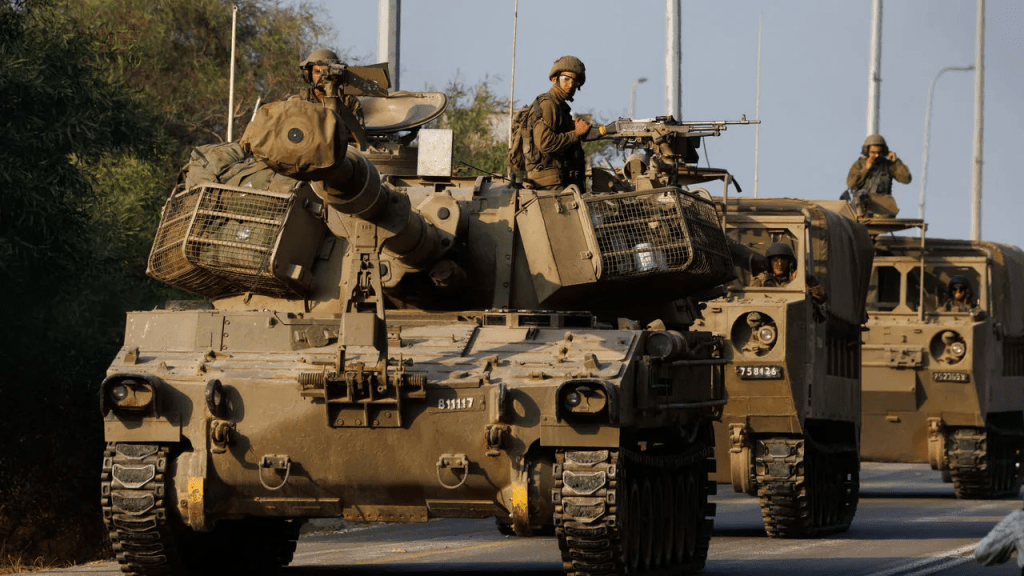
UAE and Jordan Airdrop Food Aid
On Sunday, Jordan and the UAE dropped 25 tons of aid into Gaza using military aircraft. One of the drops was done jointly. Jordan says it has now carried out 127 airdrops since the start of the war, part of a wider effort involving over 260 total by different countries.
The airdrops were intended to address rising starvation, though some disorder was reported on the ground as civilians moved to collect the supplies. At least 10 people were reportedly injured by falling aid boxes.
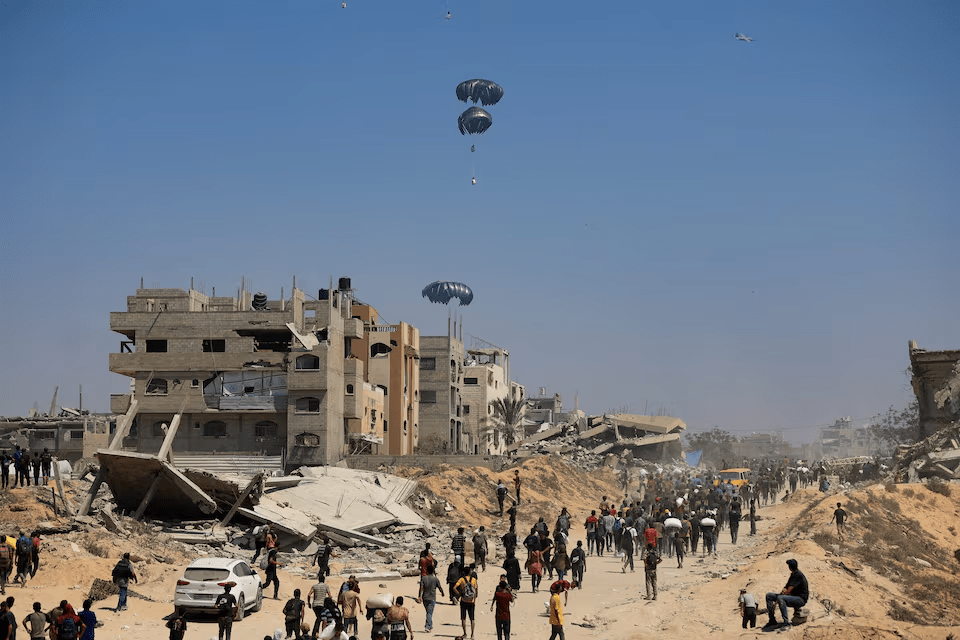
Why Airdrops Aren’t Enough
While airdrops provide some relief, aid agencies say they can’t meet the scale of Gaza’s needs.
UNRWA’s chief called them “expensive, inefficient, and can even kill starving civilians” if they go wrong.
Land routes remain the most effective option, but require faster approvals and safe access for convoys.
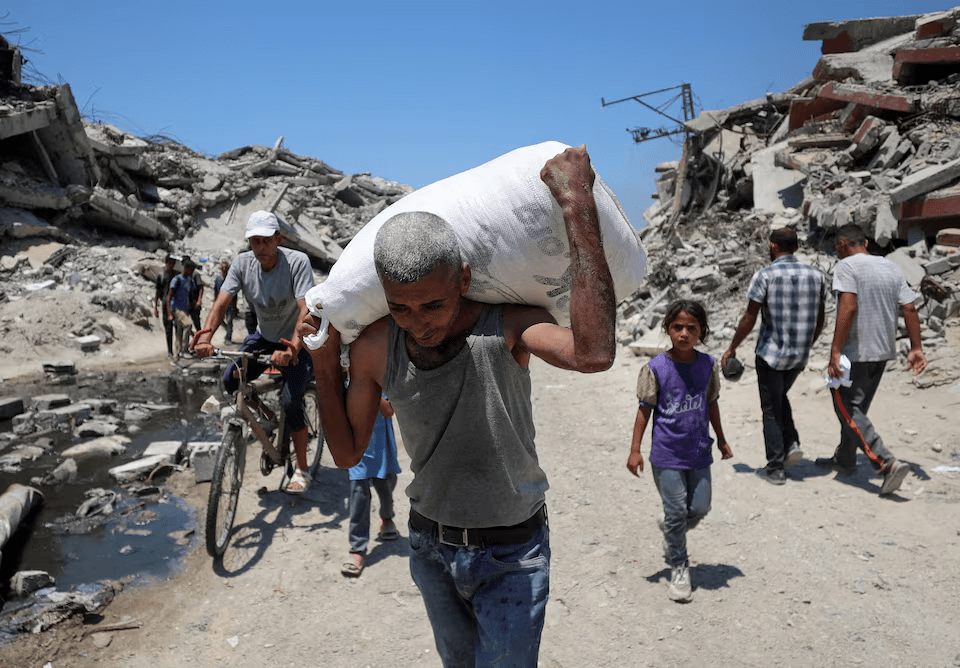
Ground Aid Efforts Continue from Egypt
Egypt remains a key aid provider, handling around 80% of international assistance for Gaza. Since yesterday morning, the Egyptian Red Crescent (ERC) and the National Alliance for Civil Development Work (NACDW) have launched two major convoys, with over 230 trucks carrying food, flour, and personal care items.
The second convoy was rerouted to the Kerem Shalom crossing for inspection before entering southern Gaza.
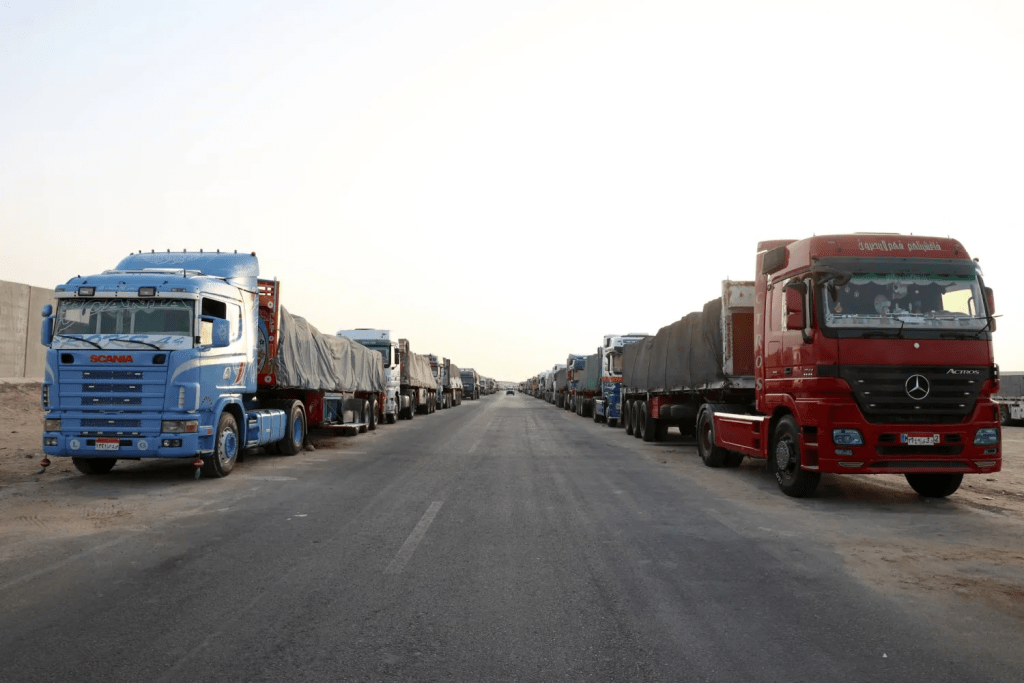
Hunger at Crisis Levels
The UN says one in three Gazans hasn’t eaten for days, and that includes aid workers. According to Gaza’s Health Ministry, at least 133 people—including 87 children—have died from hunger and malnutrition since the genocide began in 2023. Six of those deaths were reported just in the past 24 hours.
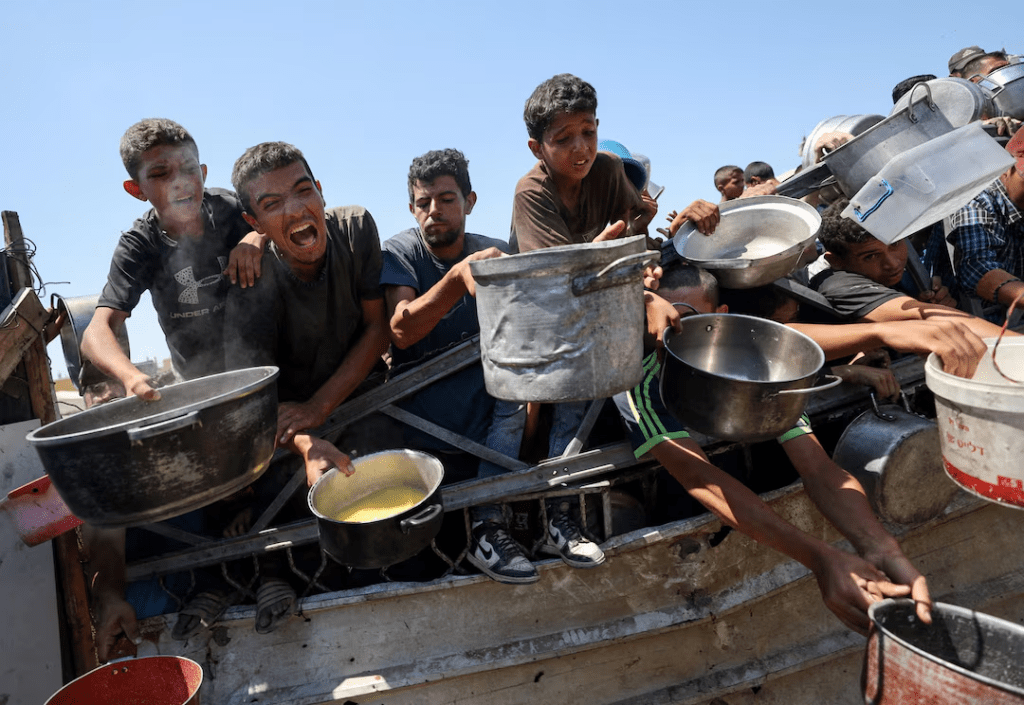
The new pauses and international aid efforts mark progress, but aid groups are clear: more consistent access by land, less red tape, and sustained humanitarian coordination are key to avoiding further tragedy.
WE SAID THIS: Don’t Miss…Restaurants In Egypt Block Their Content From Gaza Amid Starvation Crisis


